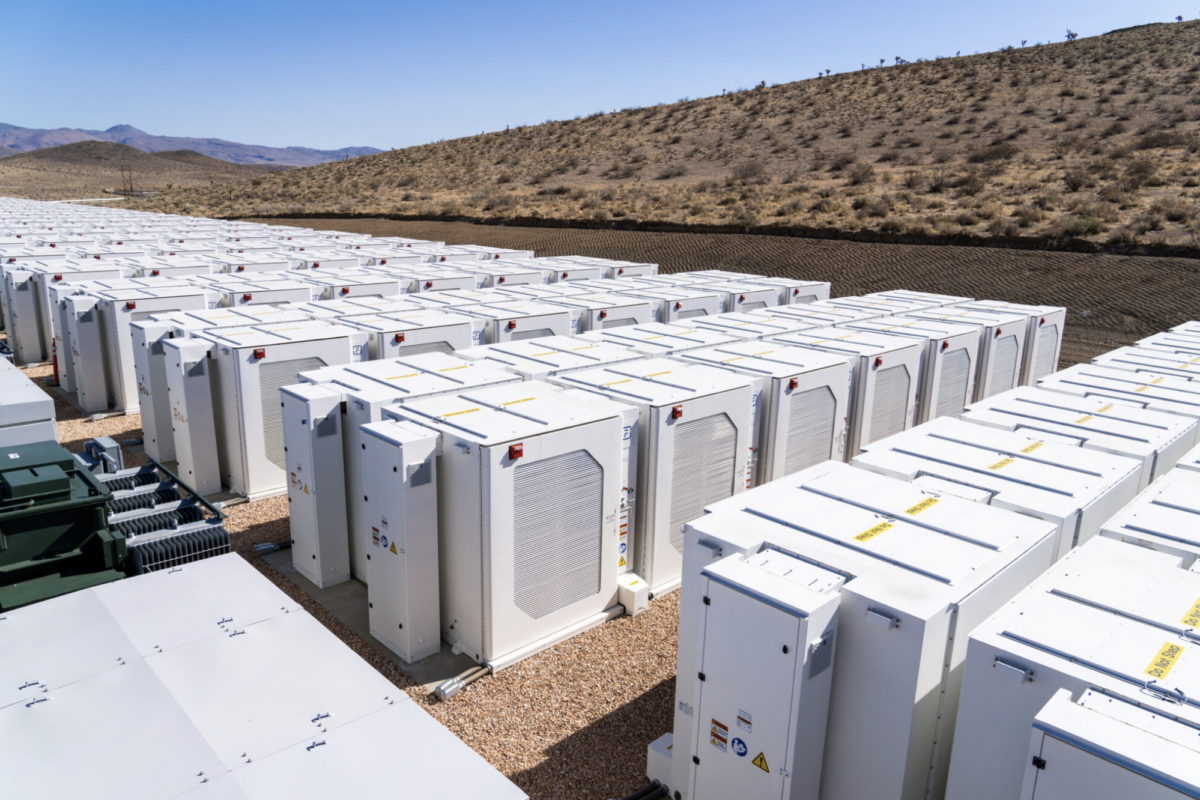Perhaps the most sobering aspect of the technology innovation report published today by the International Energy Agency (IEA) is how the advent of Covid-19 appears to have quietly pushed back the deadline for combating global heating.
Under the ‘sustainable development scenario’ outlined in today’s Special Report on Clean Energy Innovation, the IEA considers the technological advancement required to reach a net-zero-carbon world by 2070, rather than the 2050 s**t-or-bust deadline outlined in so many previous publications. Reaching net zero in 50 years’ time would give us a 66% chance of limiting the global average temperature rise to 1.8 degrees Celsius, is the chastening conclusion reached.
Enabling less-than-zero-carbon technology at scale beyond that point, however, could give us a chance of the dreamed-of 1.5 degrees Celsius ambition this century. And that is the point of the 185-page study, to consider the rate of clean energy technological innovation required to hit such goals. For example, under the sustainable development track, the IEA estimates almost 35% of the emissions savings required would have to come from technologies currently at the large prototype and demonstration stages. Around 40% would have to come from tech which has already been developed but is not yet commercially available.
Coronavirus
Covid-19 and its potentially pivotal role – for better or ill – figures largely in the report, which also studies two divergent scenarios: a ‘faster innovation case’ required to deliver the net-zero-by-2050 aim you may have considered the minimum requirement before this publication, and a ‘reduced innovation case’ which touches on the potential knock-on effects of a global hit to R&D caused by the coronavirus and its expected economic slump.
The pace of innovation required in the more optimistic of those two futures is daunting, posited as it is on a doubling of velocity from concept to mass adoption. For instance, two hydrogen-based steelmaking plants would need to be built monthly from now to 2050 to keep emissions reductions on track, plus a Tesla Gigafactory each month too, to keep up with lithium-ion battery demand. Technologies at the demonstration and large prototype phase would have to hit the market within six years, including electrolytic, hydrogen-based ammonia to fuel vessels, and faster learning would be required for battery manufacturing, electric vehicle (EV) smart charging infrastructure and advanced battery chemistries, especially for heavy duty transport.
The IEA concedes in the study: “There is little or no precedent for the required pace of innovation in the Faster Innovation Case.”
Promise
It may not prove just a pipe dream however, with, for example, concept-stage lithium-air batteries and small-prototype lithium-sulfur devices offering a realistic prospect of achieving the tripling of battery cell gravimetric energy density required to keep that 2050 target within reach.
On the other side of the coin, a five-year, Covid-related hit to R&D spending on EVs, for example, would drive 2.5Gt of CO2 emissions by 2040 due to reduced take-up, according to the IEA. That would lead to a 20% reduction in cumulative battery production by that stage, equating to 34 fewer gigafactories’ worth and driving an 8% increase in average battery costs by 2025, compared to the sustainable development scenario.
Where does solar fit in all this? Not surprisingly, the cost reductions and learning curve associated with PV are cited as an inspiration, even if the time taken to go from the first panel, in 1954, to market maturity is a cautionary tale. Lithium-ion battery and, especially, LED light adoption rates offer hope the evolution of small, modular technologies is still accelerating.
Global reset
Electric vehicles have deeply penetrated the market in just six years in Norway, following a longer struggle in the U.S. That does not mean, the IEA points out, nations should sit and wait for the cost benefits of later adoption, although the example used to illustrate the point may ring hollow in Germany. “Companies in Germany and Japan became market leaders,” states the report, “in producing solar PV panels and Li-ion batteries, respectively, and in selling expertise in developing supply chains.”
The report urges governments around the world to take the once-in-a-lifetime opportunity to reset offered by Covid-19 by deploying green economic recovery packages, and cited the shining example of the more-than-$90 billion American Recovery and Reinvestment Act rolled out in the States in 2009, in the wake of the last economic crisis. “Make support for distressed companies conditional on commitments from them on clean energy innovation,” demands the study.
Green finance
Governments must target R&D activity into areas that desperately need to catch up, such as low-carbon fuels for heavy duty vehicles, and should exploit crossover benefits – here dubbed ‘spillovers’ – as South Korea is attempting to do with its battery, PV and electronics cluster. Progress should be monitored, as it already is in Canada and Italy, where governments collect data on private-sector R&D channels, and whole supply chains must be supported to prevent uneven development such as the lack of flexible smart grids which is hampering further PV deployment.
Policymakers should ensure the state shoulders infrastructure investment in such smart grids and hydrogen-ready gas networks, to provide the risk-free basis for private capital-backed innovation to flourish.
One of the final appeals of the IEA report is for multilateral co-operation and knowledge-sharing in order for us to have the best hope of hitting that innovation cycle maximum velocity. At a time when international relations appear to be accelerating in the opposite direction, elections such as the U.S. vote in November may never have had such global significance.
This content is protected by copyright and may not be reused. If you want to cooperate with us and would like to reuse some of our content, please contact: editors@pv-magazine.com.




DER programs can be abused as tools of torment and torture to people who live nearby due to the small and many more footprints of placements of generators.. I dont think or know how they can be controlled or supervised which is impossible. they will be too many and too close to where we live and sleep. DER programs is not limted to clean energy as it also encourage traditional generators as well. DER programs must be off limits to commerical, industrial , agricultural generators.. It is like a trojan horse for carbon skeptics to keep using fossil fuels through DER programs.. This should be disallowed!
Hi Brett,
Thanks for your comment. I fear alas, banning small-scale generators of all types in order to limit the burning of fossil fuels may be throwing out the baby with the bathwater. I would also be curious to know why you think it is impossible to regulate the use of small-scale generation systems. For instance, if I decided I wanted to install solar panels on the roof of Buckingham Palace, I don’t think I would be permitted to just get a ladder and start fixing them in.
you write articles and yo do not see everything that is bad about it.. I can understand the objective journalism, but this is too dangerous to ignore commercial generators slip into DER programs.. I feel strongly that PV magazine is obliged to notify readers that many if not all DER programs also include traditional generators like commerical, industrial and agricultural purposes.. There is so many of them to be counted and we cannot achieve zero carbon goals without removing them all. No way! Most of us might not care to know , but I know myself and I am looking at PV Magazine in total disgust~!!
Hi Brett,
We take allegations of fake news very seriously here at pv magazine and I am relieved you have overcome your disgust at our publication enough to leave valuable feedback. Please give us some details here of the solar programs you refer too that also promote the deployment of fossil fuel generation systems.